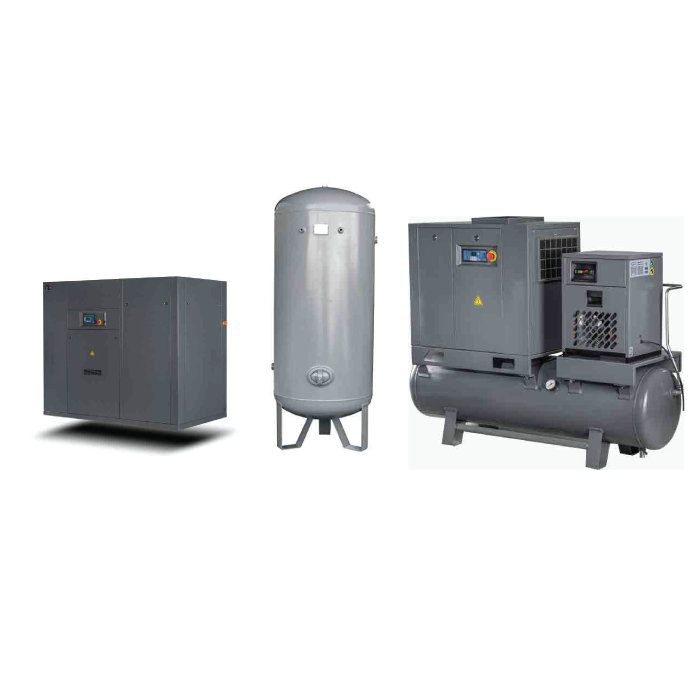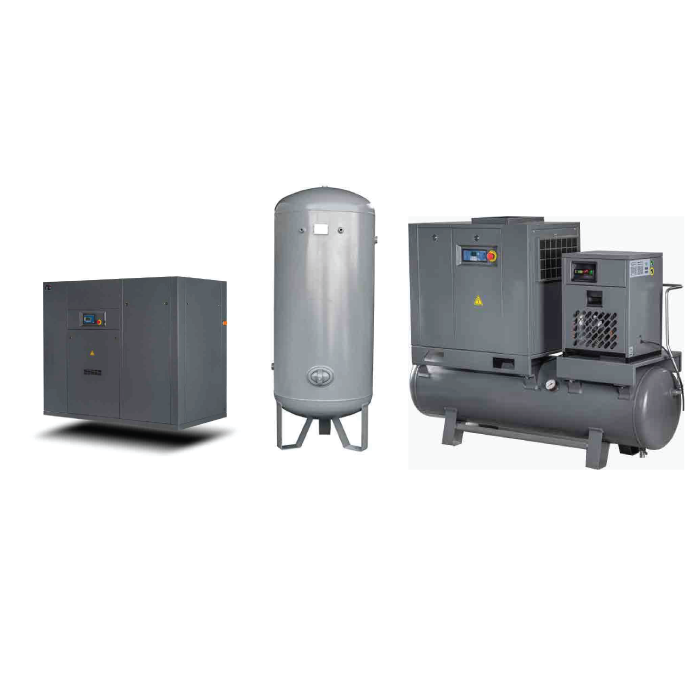Types of Medical Gases
Oxygen (O2): Oxygen is the most commonly used medical gas in respiratory therapy. It is essential for cellular metabolism and is administered to patients to correct hypoxemia (low blood oxygen levels). Oxygen therapy can be delivered through various devices, Medical Gases for Respiratory Therapy including nasal cannulas, masks, and ventilators, depending on the patient's needs.
Nitrous Oxide (N2O): Often used for its analgesic and anesthetic properties, nitrous oxide is also employed in some respiratory therapies. In combination with oxygen, it can provide relief for patients experiencing severe respiratory distress and pain.
Helium-Oxygen Mixtures (Heliox): Heliox, a mixture of helium and oxygen, is used to reduce airway resistance and improve airflow in patients with obstructive airway conditions like asthma and COPD. Helium, being less dense than air, helps in the easier movement of oxygen through narrowed airways.
Carbon Dioxide (CO2): Although primarily known as a waste product of respiration, controlled administration of carbon dioxide can stimulate breathing in certain clinical scenarios, such as during apnea testing or to manage specific respiratory disorders.
Nitric Oxide (NO): This gas is used primarily in neonatal care and critical care settings. Nitric oxide acts as a potent vasodilator, improving oxygenation and reducing pulmonary hypertension in newborns and adults with acute respiratory distress syndrome.
Applications in Respiratory Therapy
Medical gases are used in various therapeutic contexts, tailored to meet individual patient needs. For instance:
Emergency Care: Oxygen therapy is often the first line of treatment for patients experiencing acute respiratory failure or cardiac arrest. Rapid administration can stabilize the patient and prevent further complications.
Chronic Management: Patients with chronic respiratory diseases like COPD or cystic fibrosis may require long-term oxygen therapy to maintain adequate oxygen levels and improve quality of life.
Mechanical Ventilation: In intensive care units, patients with severe respiratory failure may need mechanical ventilation, which involves the precise delivery of medical gases to support or replace spontaneous breathing.
Pulmonary Rehabilitation: Heliox can be used during rehabilitation exercises to reduce dyspnea (shortness of breath) and increase exercise tolerance in patients with obstructive lung diseases.
Safety and Administration
The administration of medical gases must be carefully managed to avoid potential complications. Key safety considerations include:
Correct Dosage and Mixture: Ensuring the correct concentration of gases is critical. For example, too much oxygen can lead to oxygen toxicity, Medical Oxygen Supply in Zambia while insufficient oxygen delivery can fail to alleviate hypoxemia.
Equipment Maintenance: Regular maintenance and calibration of equipment used to deliver medical gases are vital to ensure accurate dosing and prevent equipment failures.
Monitoring: Continuous monitoring of patients receiving medical gases is essential. Parameters such as blood oxygen levels, respiratory rate, and overall respiratory function should be closely observed to adjust therapy as needed.
Training and Protocols: Healthcare providers must be adequately trained in the use of medical gases and adhere to established protocols to ensure patient safety and effective treatment.






Comments